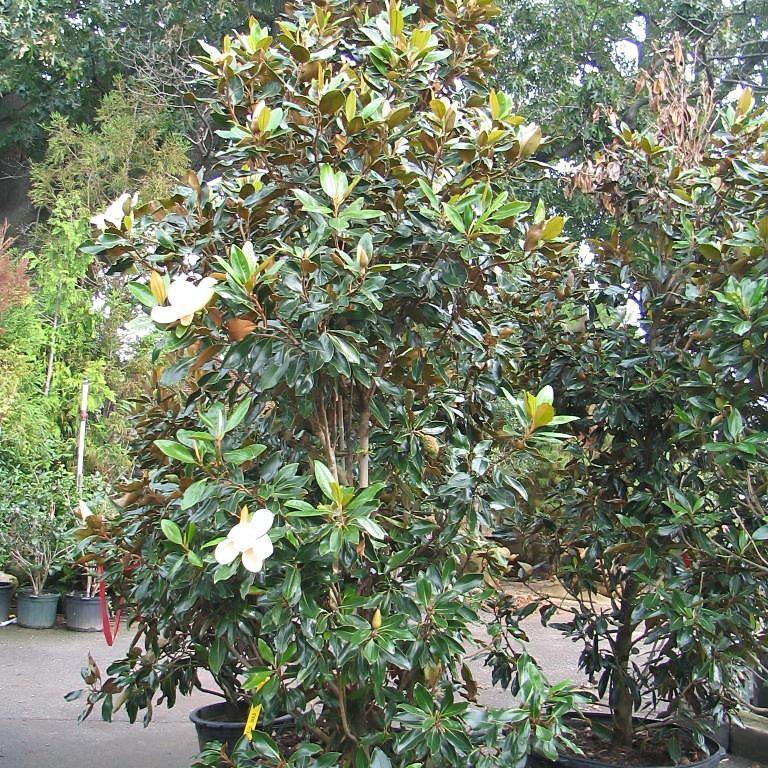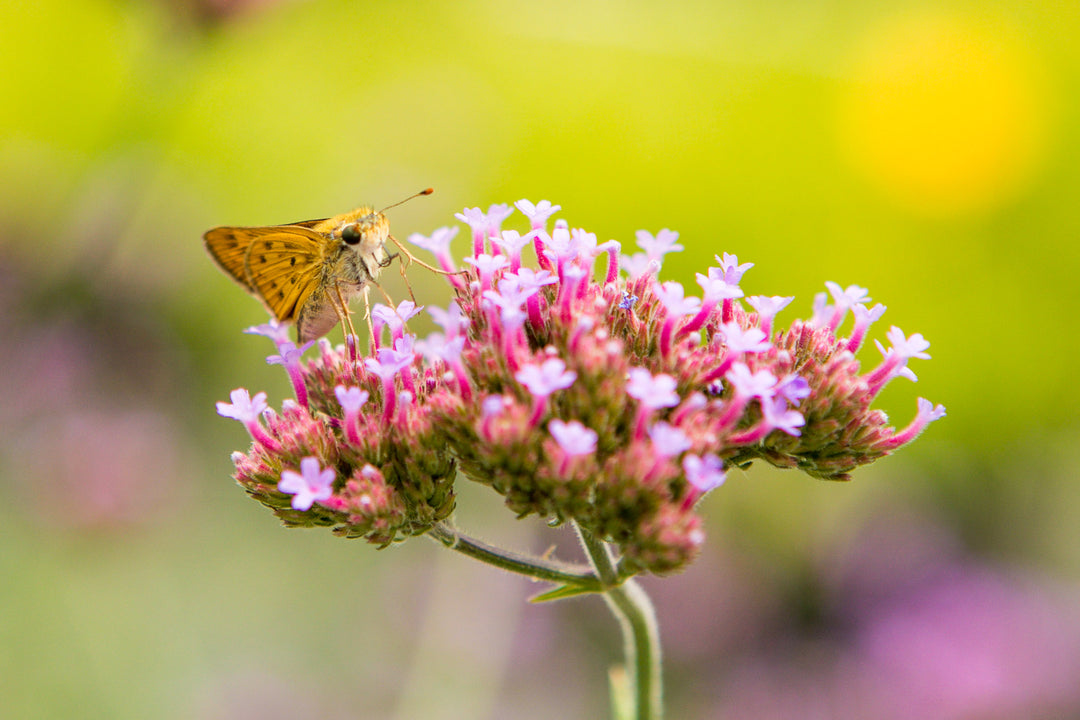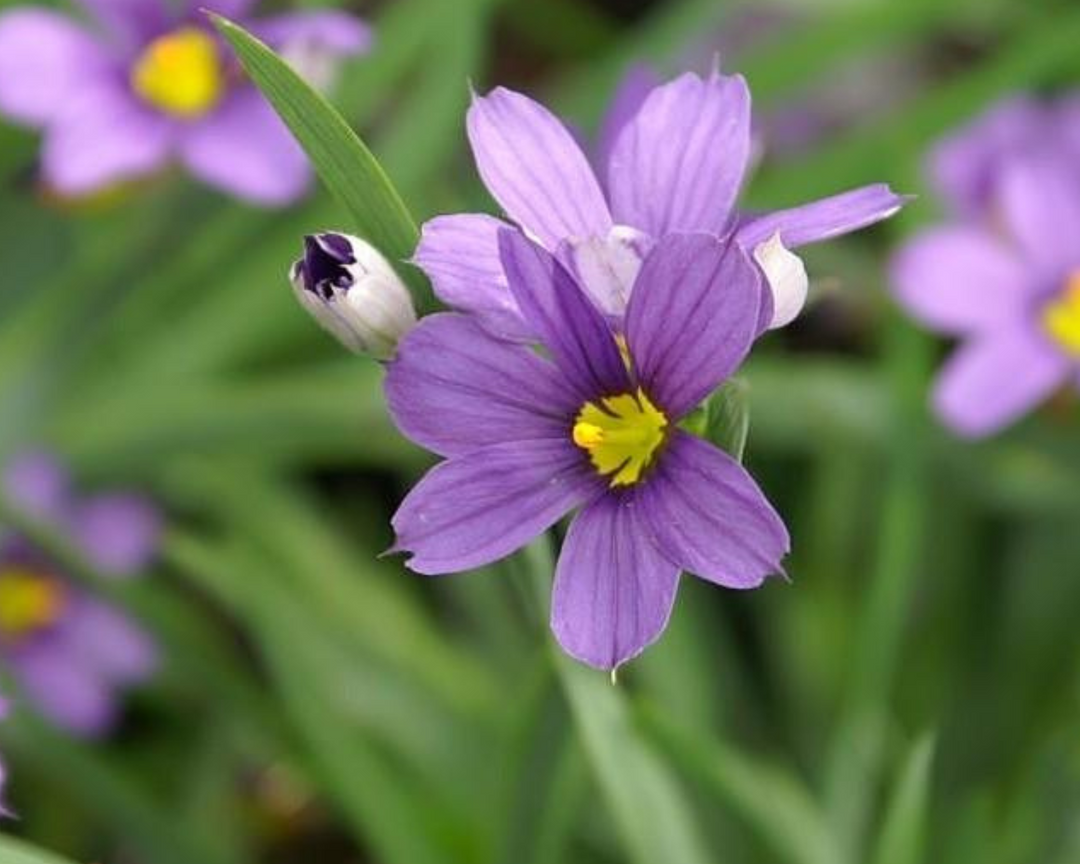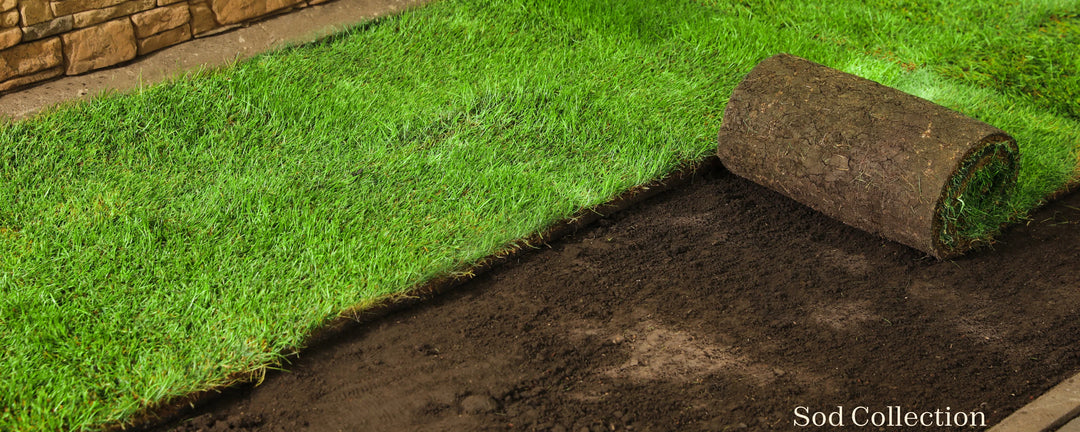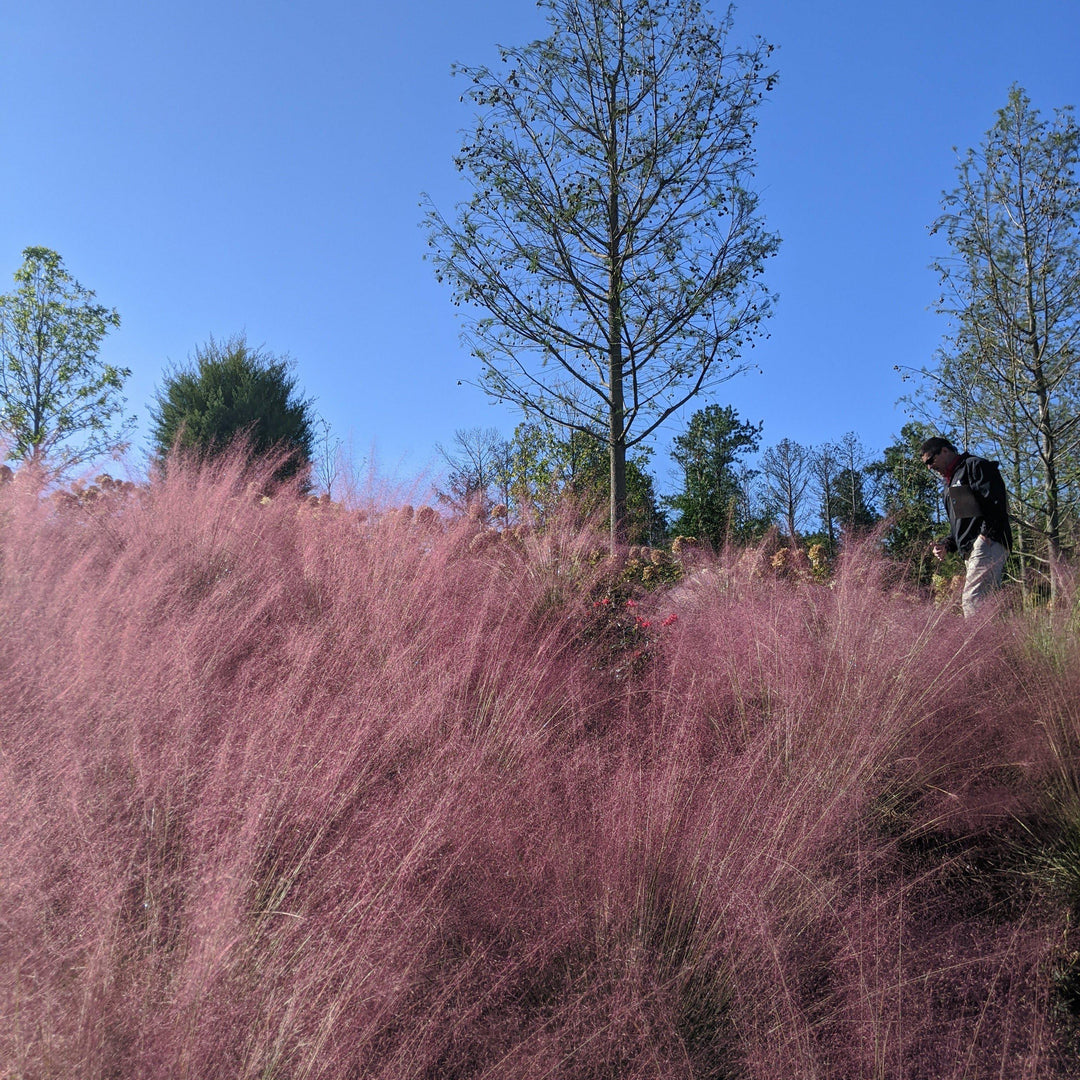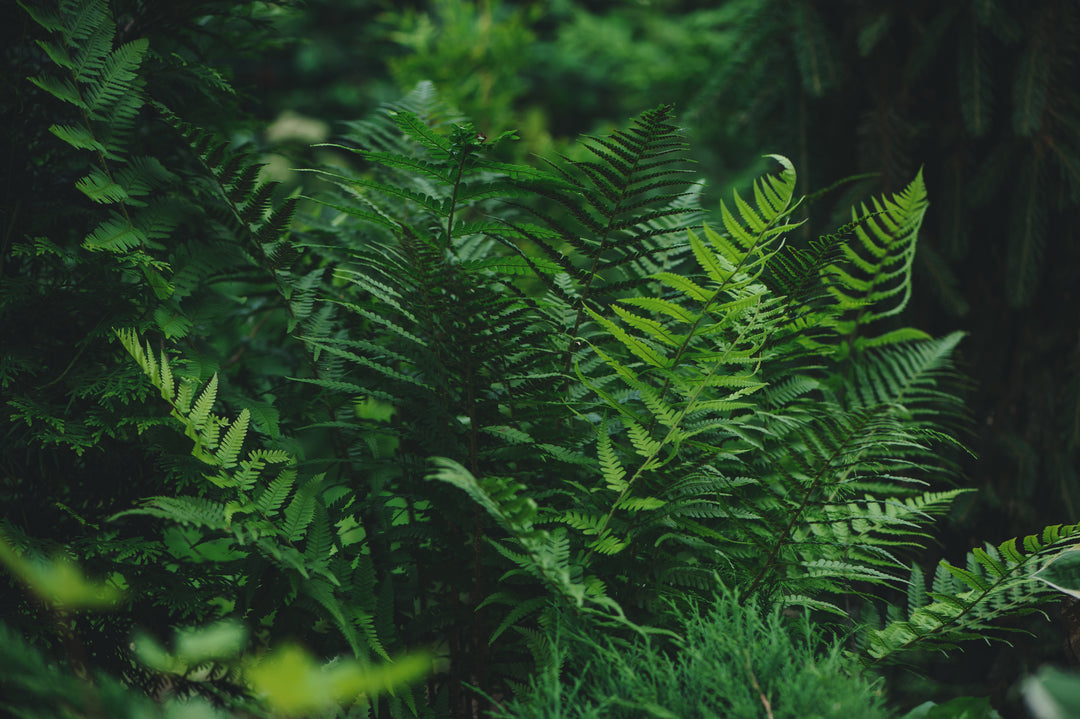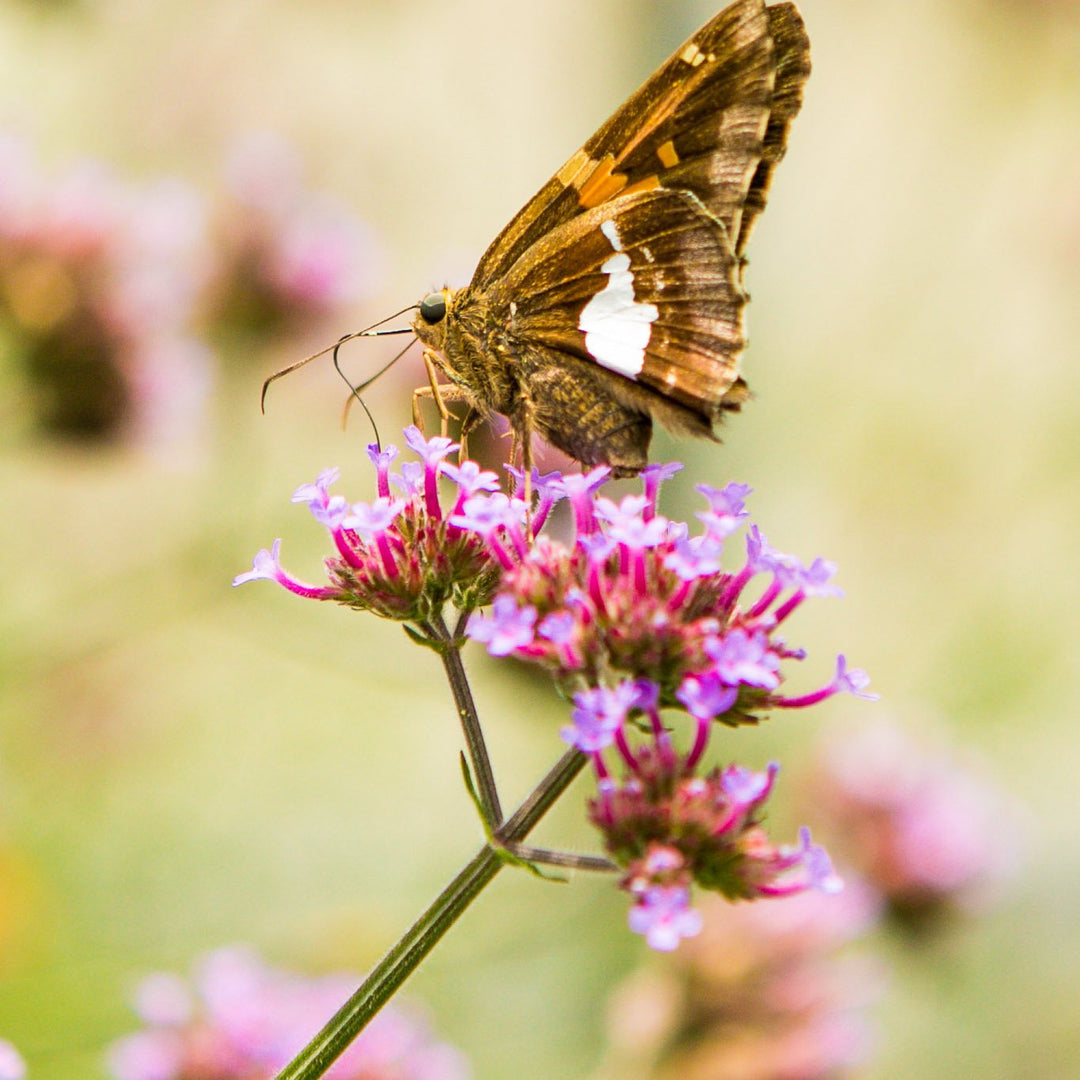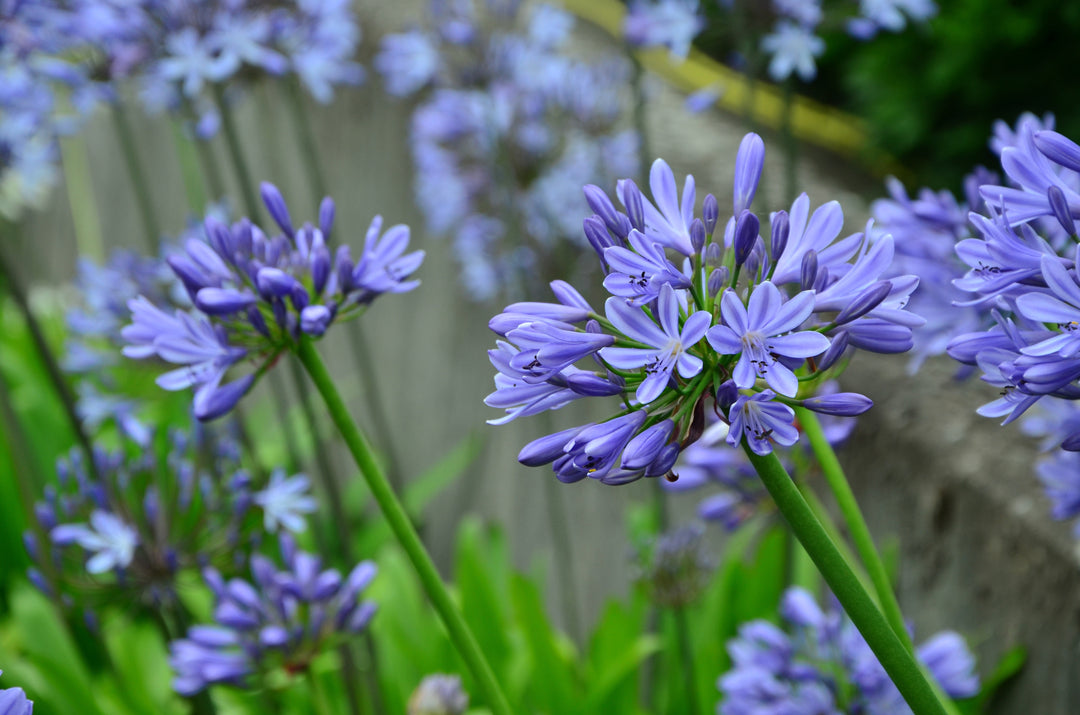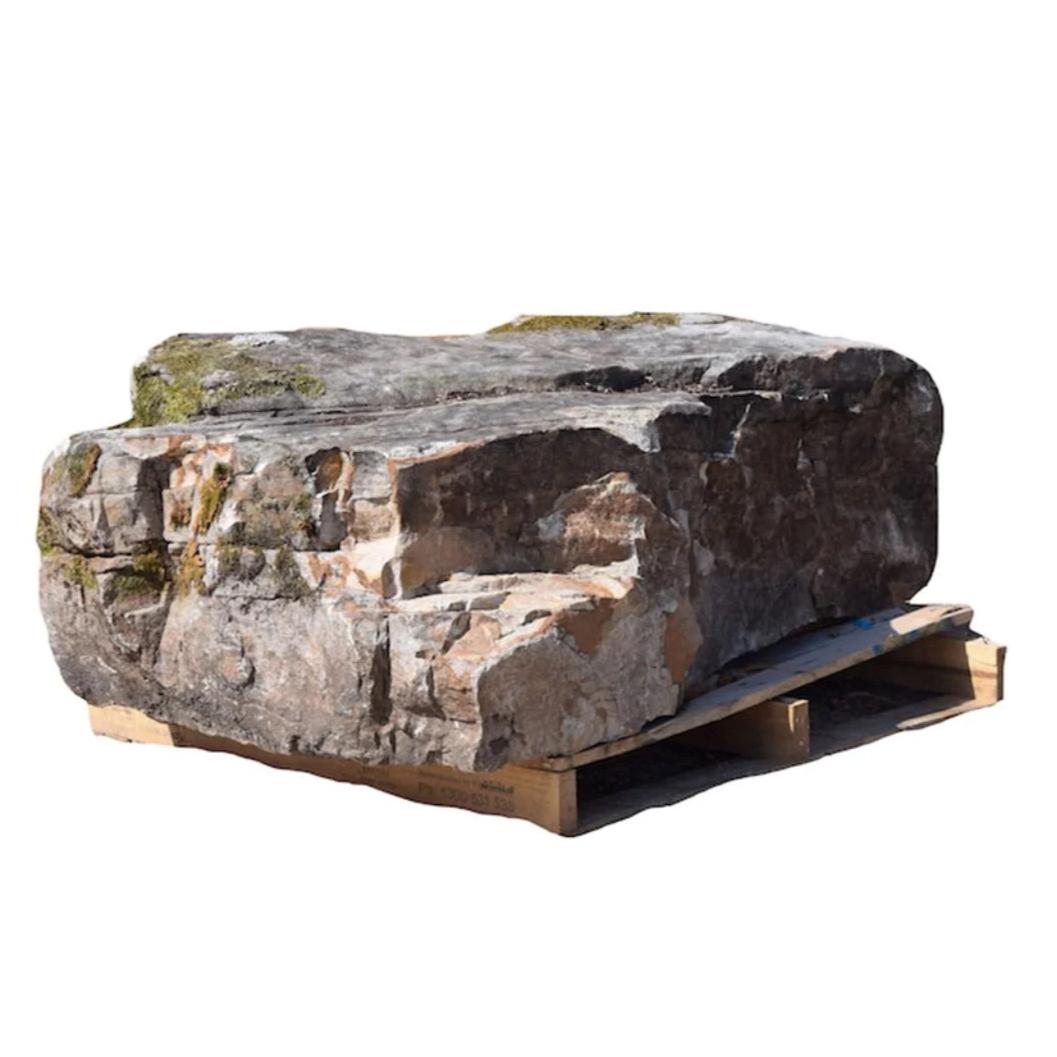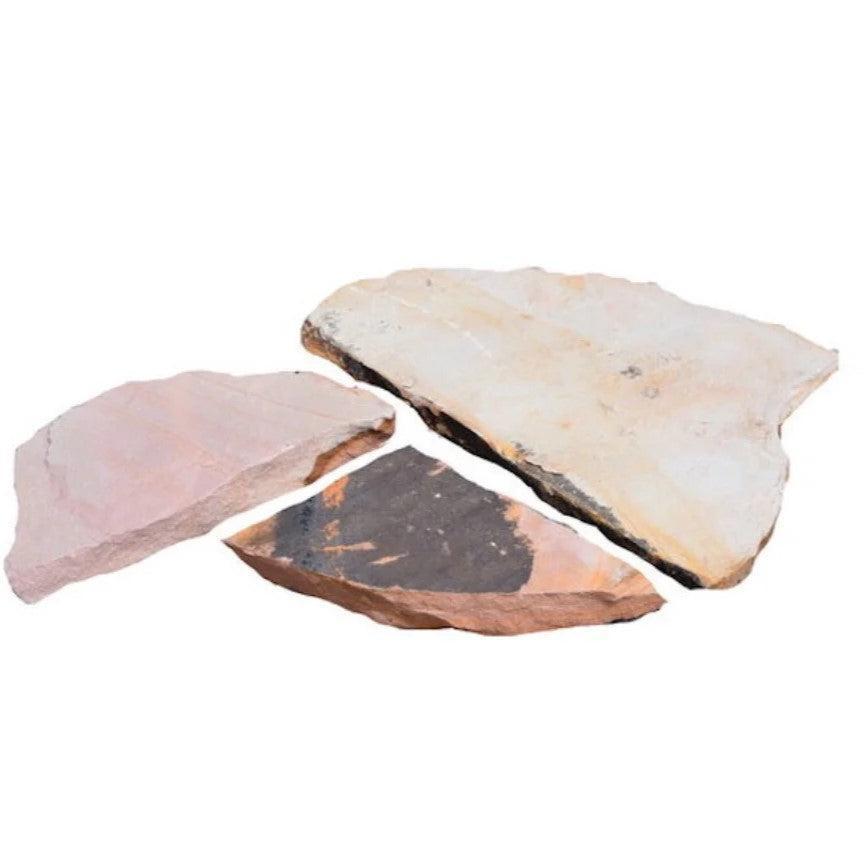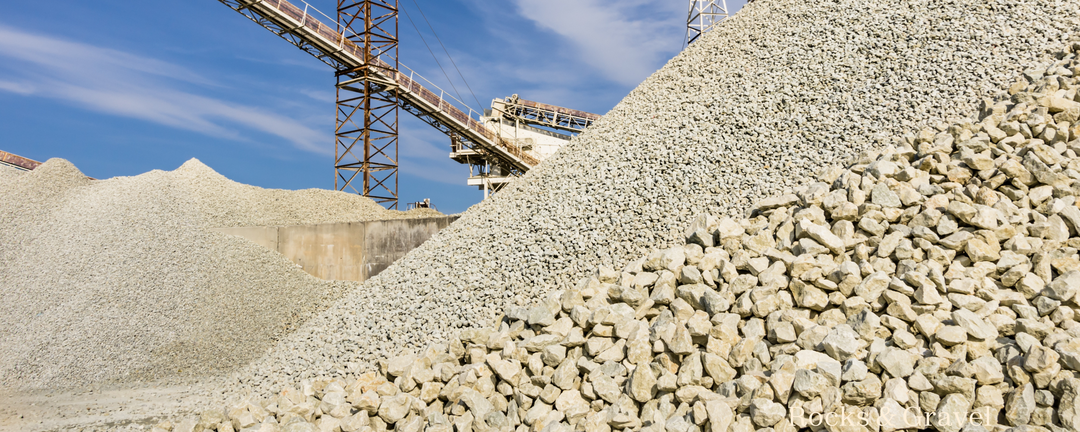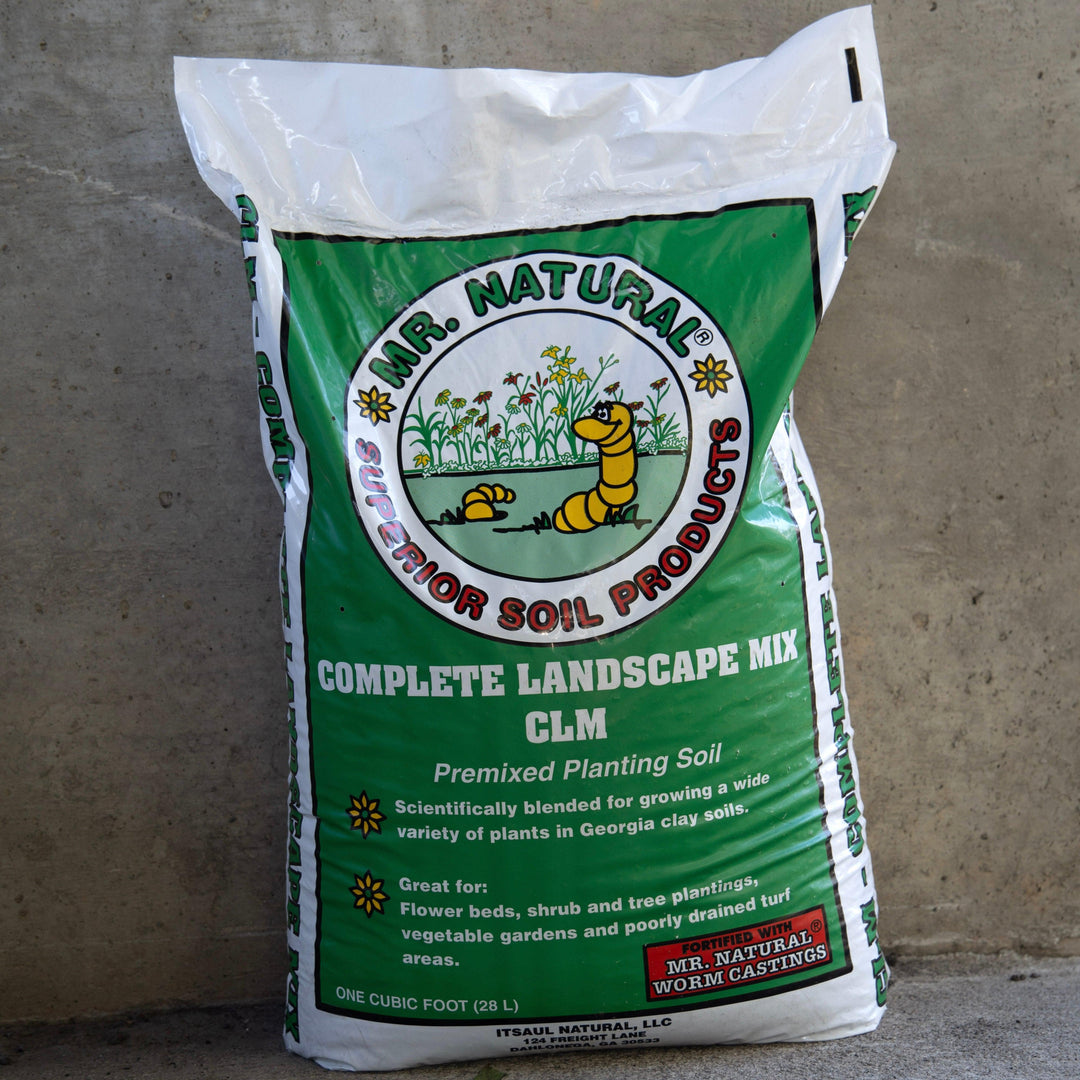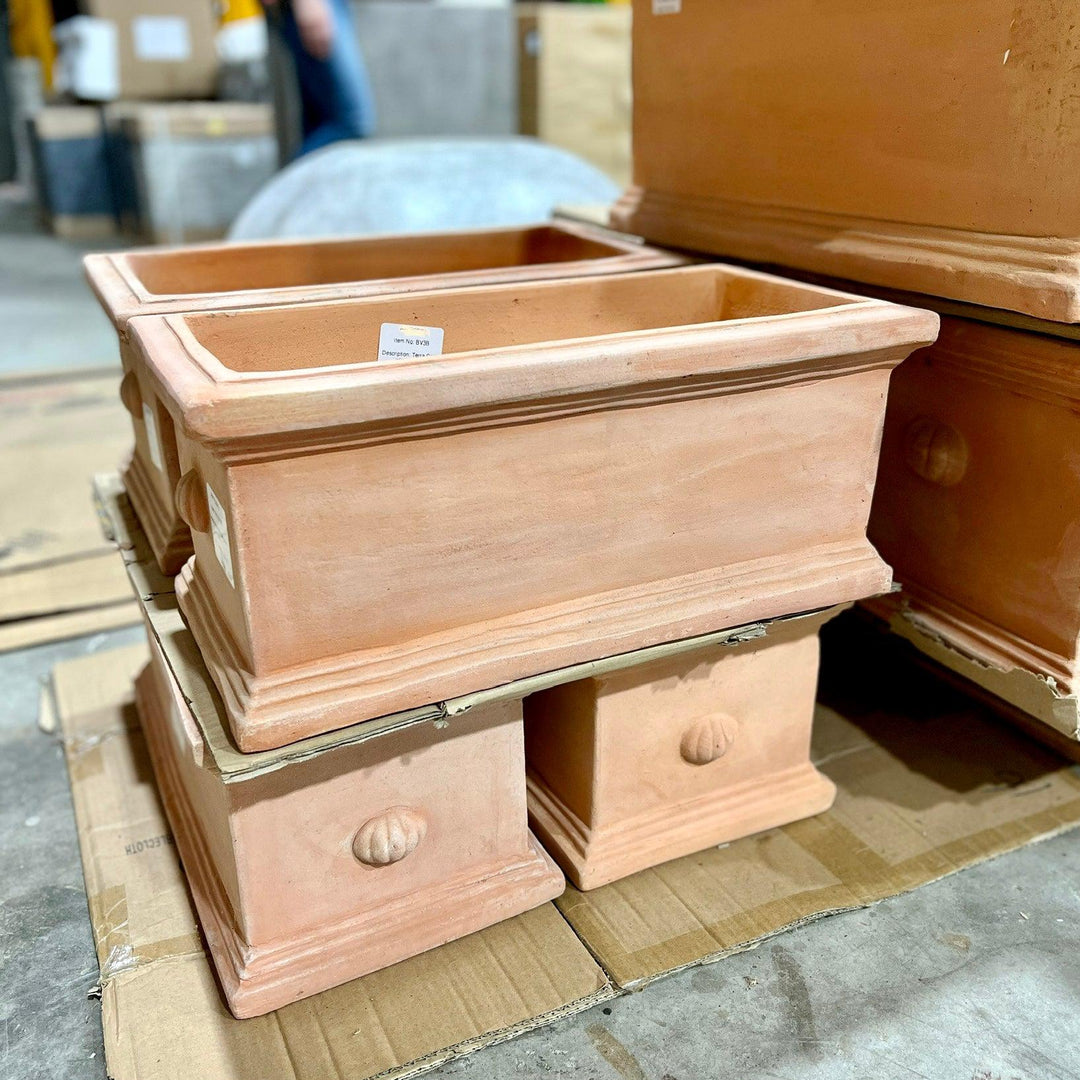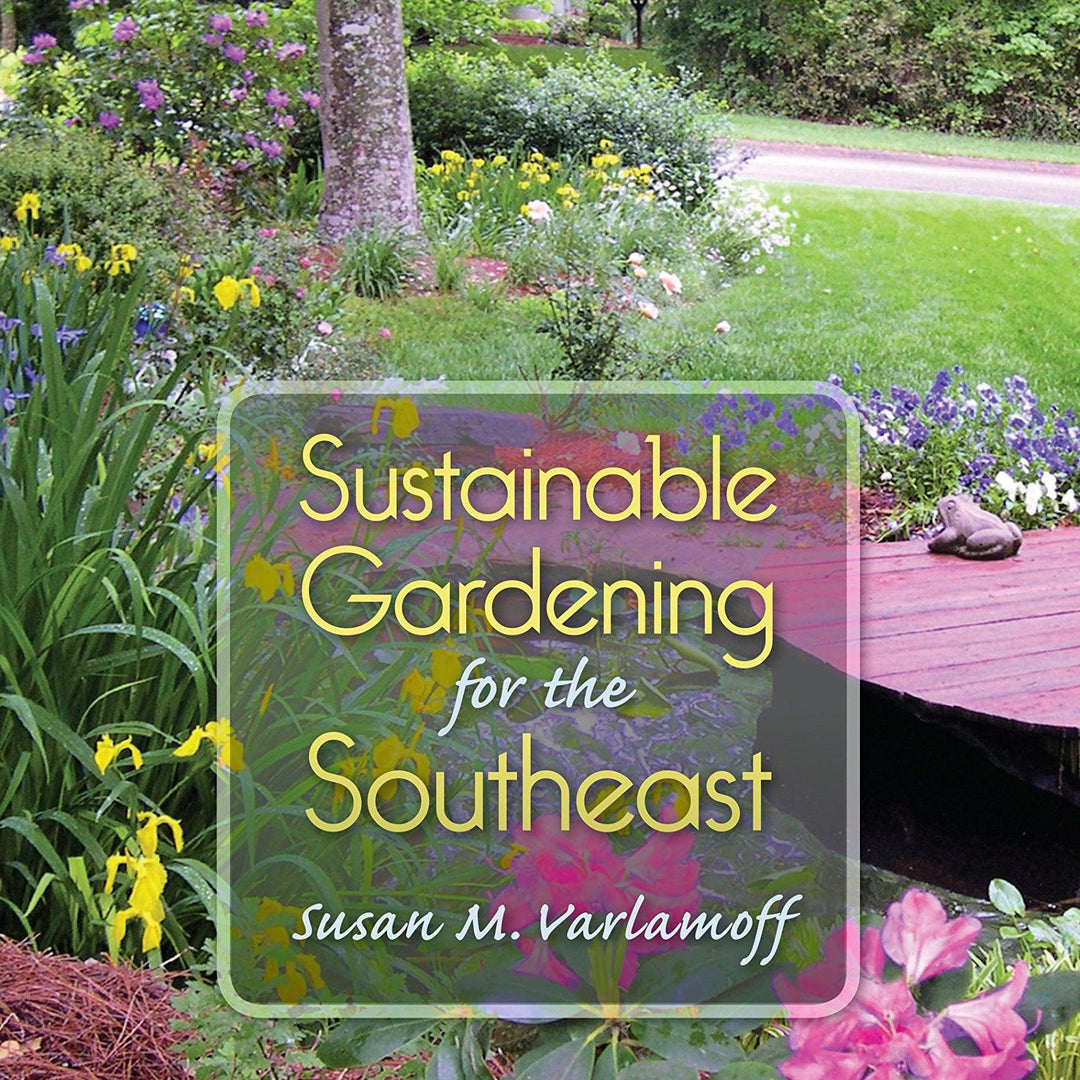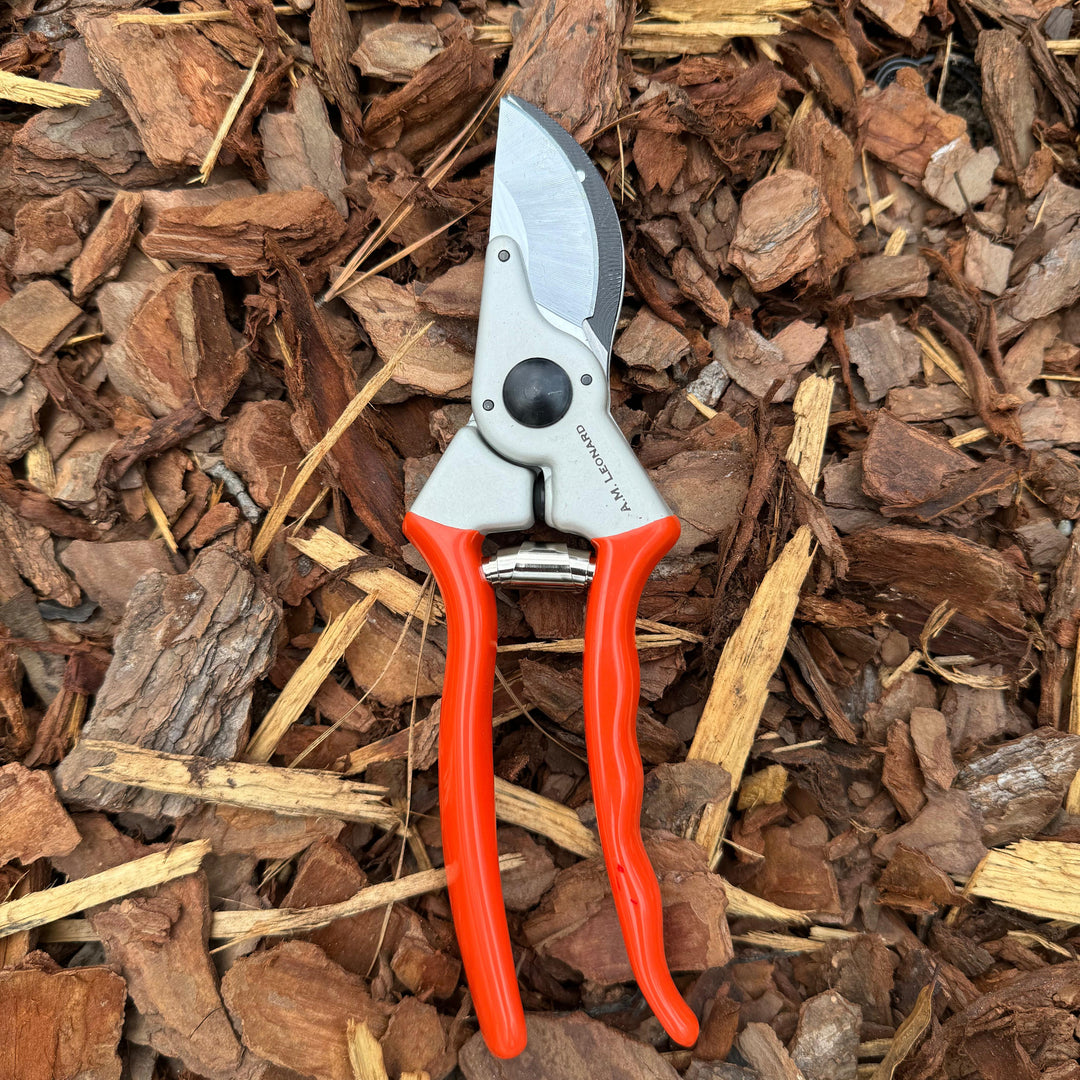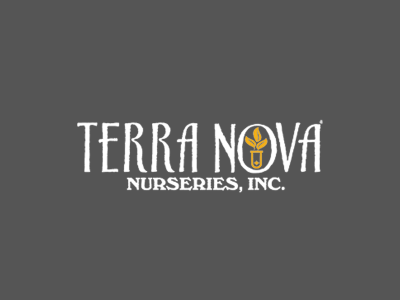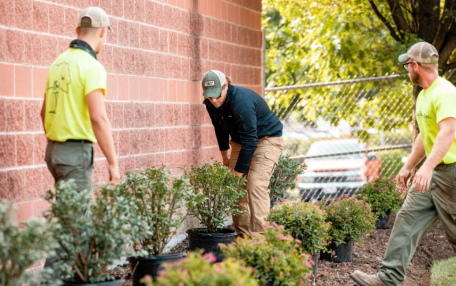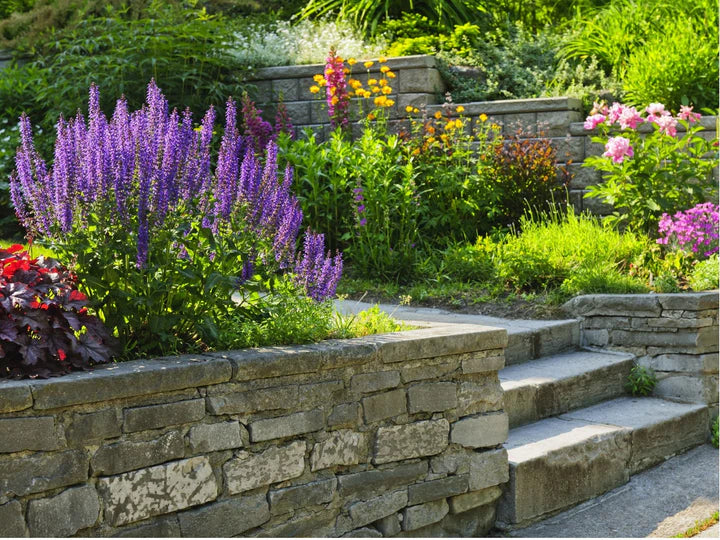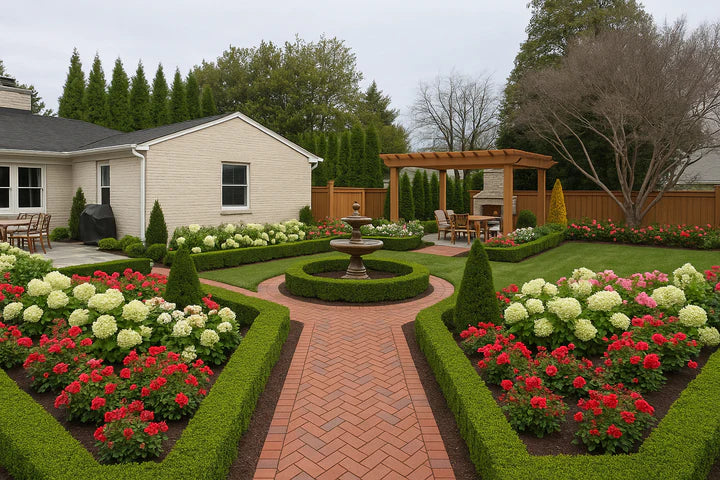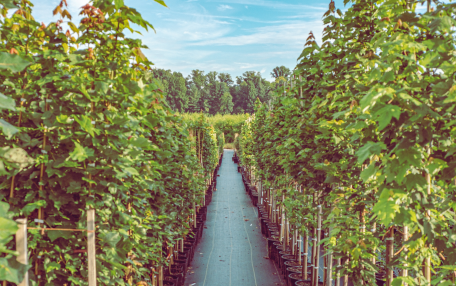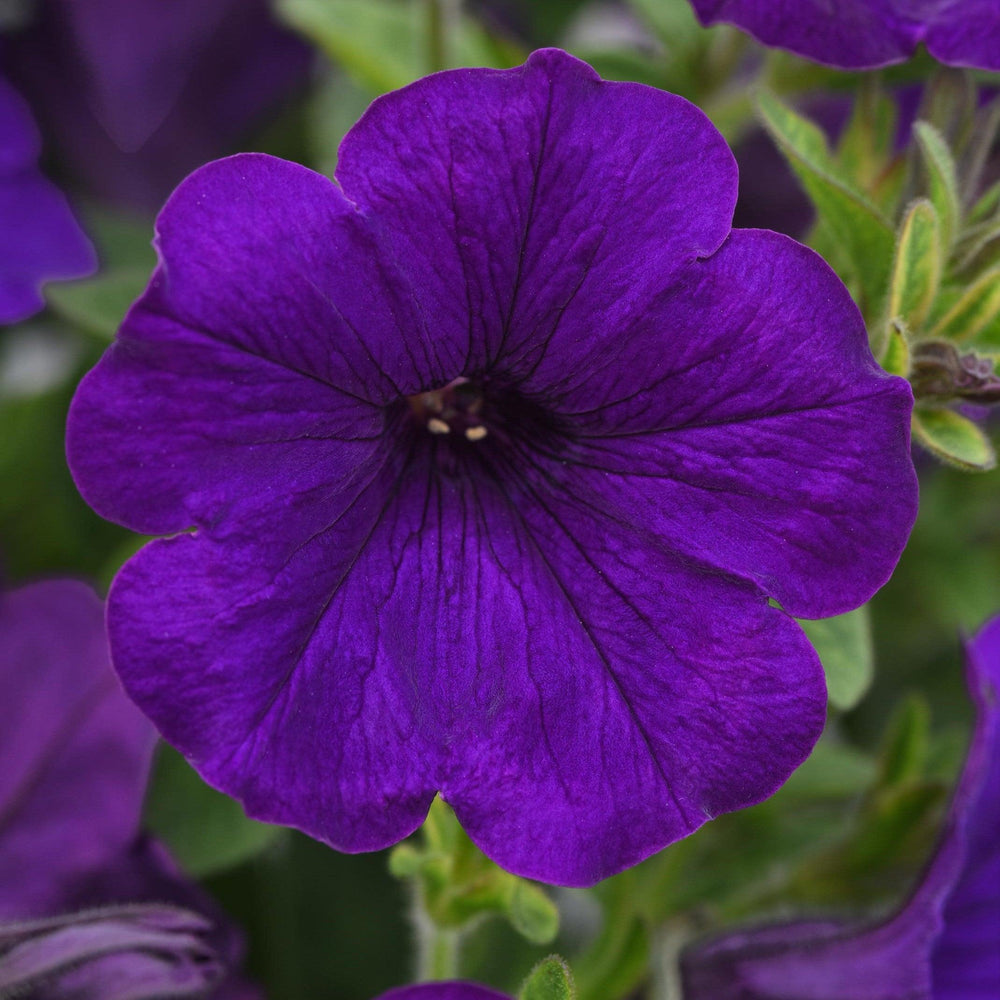Planting and Caring for Cupressocyparis Leylandii—Leyland Cypress
If you’re seeking a fast-growing, attractive evergreen tree to add to your Georgia landscape, Monrovia’s Leyland Cypress (Cupressocyparis leylandii) is a perfect choice. This tree is a popular choice for hedges and privacy screens, thanks to its dense growth and ability to quickly reach heights of over 70 feet. Here, we will cover everything you need to know to successfully plant and care for your Leyland Cypress.
Introducing Leyland Cypress

IMAGE: W.Baumgartner, Cupressocyparis leylandii, CC BY-SA 3.0
Characteristics of Leyland Cypress
Leyland Cypress is a hybrid between two cypress trees, Cupressus macrocarpa and Cupressus sempervirens, and it inherits their best qualities. This evergreen conifer has a columnar, symmetrical shape, with bright green foliage that can sometimes take on a bluish tint. Leyland Cypress is a fast grower, reaching up to 3 feet per year in optimal conditions. Its roots grow shallowly, which means it isn't the best option for areas with strong winds.
One of the most interesting things about Leyland Cypress is that it is a sterile hybrid, which means it cannot produce viable seeds. This means that all Leyland Cypress trees must be propagated through cuttings.
In addition to its ornamental value, Leyland Cypress has been used for various medicinal purposes. The tree's essential oil has been found to have antimicrobial and antifungal properties, and has been used to treat respiratory infections and skin conditions.
Ideal Growing Conditions
For the best Leyland Cypress tree growth, plant it in full sun or partial shade. It can tolerate a wide range of soil types but prefers well-draining soil. This tree can withstand drought conditions, once established, but it doesn't do well in wet soil.
Leyland Cypress is a relatively low-maintenance tree, but it does require some pruning to maintain its shape and density. Pruning should be done in the late winter or early spring before new growth begins.
It's important to note that Leyland Cypress is susceptible to certain diseases, including Seiridium canker and Botryosphaeria canker. These diseases can cause branch dieback and can ultimately kill the tree. Proper pruning and maintenance can help prevent these diseases from taking hold.
Common Uses in Landscaping
Leyland Cypress is a great option for adding privacy to your property. They can be planted individually to create a stunning specimen tree, or group them to create a fast-growing, dense hedge. Leyland Cypress is also popular as a windbreak and noise buffer because of its height and thick foliage.
In addition to its practical uses, Leyland Cypress has a rich cultural history. The tree is named after Christopher Leyland, who was the owner of the estate where the first Leyland Cypress tree was planted in the early 1900s. The tree has since become a popular landscaping choice and can be found in many gardens and parks around the world.
Overall, Leyland Cypress is a versatile and attractive tree that can add both beauty and functionality to your landscape. With proper care and maintenance, it can thrive for many years and provide a valuable addition to your outdoor space.
Planting Leyland Cypress

IMAGES: Servescape, Leyland Cypress
Leyland Cypress is a popular evergreen tree that is commonly used for privacy screens and hedges. It is a fast-growing tree that can reach heights of up to 70 feet and widths of up to 25 feet. In this section, we will discuss the steps to planting Leyland Cypress and give you some tips to ensure that your trees grow healthy and strong.
Choosing the Right Location
Before planting your Leyland Cypress, it is important to choose a location that meets its growing requirements. Leyland Cypress trees thrive in full sun and well-draining soil. They do not do well in areas with poor drainage or in direct wind paths. Additionally, Leyland Cypress trees need enough space to grow to their full height, so make sure to choose a location that can accommodate their size.
Preparing the Soil
The ideal soil for Leyland Cypress is sandy loam, which is a soil type that is a mixture of sand, silt, and clay. If your soil is not sandy loam, you will need to amend it before planting. Leyland Cypress trees do not grow well in soil that does not drain well, so make sure to break up any hard pan or clay soils. You should also remove any weeds or grasses from the planting site to prevent competition for resources
Planting Techniques and Tips
When planting Leyland Cypress, it is important to follow the proper techniques to ensure that your trees grow healthy and strong. Here are some tips:
- Dig a hole twice the size of the root ball of the Leyland Cypress.
- Place the tree in the hole and backfill with soil, pressing down to remove any air pockets.
- Water the tree deeply after planting to settle the soil around the roots.
- Mulch around the base of the tree to retain moisture and prevent weeds from growing.
- Prune your Leyland Cypress trees regularly to maintain their shape and size.
Spacing and Arrangement
When planting Leyland Cypress, it is important to space them adequately so they do not compete for resources or grow into each other. For hedges, plant them 3-5 feet apart, depending on the desired density of foliage. For individual plants, space them 10-15 feet apart. Additionally, you can arrange your Leyland Cypress trees in a variety of patterns to create a unique and visually appealing landscape.
With these tips and techniques, you can plant your Leyland Cypress trees with confidence and watch them grow into beautiful and healthy trees.
Caring for Your Leyland Cypress

IMAGES: Servescape, Leyland Cypress
Leyland Cypress trees are a popular choice for homeowners due to their fast growth rate and attractive, dense foliage. Proper care is essential to ensure that your Leyland Cypress tree thrives in your landscape.
Watering Requirements
During the first growing season, Leyland Cypress trees require regular watering. These trees have shallow roots, so it's essential to keep the soil consistently moist. After they are established, they can tolerate drought conditions, but consistent watering is still essential. Water deeply once a week during dry spells to ensure that the roots receive enough moisture to support the tree's growth.
Fertilizing and Soil Amendments
Leyland Cypress trees need a regular application of fertilizer in the spring. Use a balanced fertilizer with an NPK rating of 10-10-10 or 12-6-6. Make sure to follow the package directions for application rates to prevent over-fertilization, which can damage the tree's roots. If your soil is acidic, consider adding lime to balance the pH level. A pH level between 6.0 and 6.5 is ideal for Leyland Cypress trees.
Pruning and Shaping
Leyland Cypress doesn't require pruning, but if you want to maintain its shape, you can prune it once a year in late winter or early spring. Prune away any dead or diseased branches, but don't prune more than one-third of the tree at once, as it can cause shock and dieback. Leyland Cypress trees grow quickly, so regular pruning can help keep them at a manageable size and shape.
Pest and Disease Management
Leyland Cypress is prone to a few pests and diseases, including bagworms, spider mites, root rot, and canker. Regularly inspecting your tree is the first step in preventing these problems. Bagworms are small, spindle-shaped insects that spin a cocoon around themselves and feed on the tree's foliage. Spider mites are tiny pests that feed on the sap of the tree, causing yellowing and browning of the foliage. Root rot is a fungal disease that affects the tree's roots, causing them to rot and die. Canker is a fungal disease that causes the tree's bark to crack and ooze sap.
To prevent these problems, make sure to keep your Leyland Cypress tree healthy by providing it with proper care. Avoid overwatering, which can lead to fungal problems, and keep the area around the tree's trunk free from debris to prevent canker diseases. If you notice any signs of pests or disease, contact a professional arborist who can diagnose the problem and recommend treatment options.
By following these care tips, you can ensure that your Leyland Cypress tree remains healthy and beautiful for years to come.
Common Problems and Solutions
Like all plants, Leyland Cypress is susceptible to various problems that can affect its growth and appearance. In this article, we will discuss some common problems and solutions for this tree.
Browning and Needle Drop
Browning and needle drop of Leyland Cypress often indicate watering problems. It is essential to make sure that the soil is well-draining and that you avoid overwatering the tree. Overwatering can lead to waterlogged soil, which can cause root rot and other fungal infections. To check for drought stress, dig down about 3 inches into the soil. If the soil is dry, the tree needs water. You can use a soaker hose or drip irrigation system to water the tree slowly and deeply.
In addition to watering, Leyland Cypress also requires proper fertilization to maintain healthy growth and appearance. You can use a balanced fertilizer that contains equal amounts of nitrogen, phosphorus, and potassium. Apply the fertilizer in early spring and late fall to promote healthy growth.
Root Rot and Fungal Infections
Root rot is a common problem for Leyland Cypress, especially in wet soil conditions. The best way to prevent root rot is to ensure that the soil drainage is adequate and that you avoid overwatering the tree. If you suspect root rot, you'll need to remove the tree and replace it with a new one. Fungal infections can also affect Leyland Cypress, causing brown spots on the needles or bark. To prevent fungal infections, make sure that the tree has good air circulation and that you avoid overhead watering.
Insect Infestations
Bagworms and spider mites are two common pests that can affect Leyland Cypress. Bagworms are caterpillars that spin protective bags around themselves, which can cause damage to the tree. You can treat bagworms with insecticide, but it's essential to follow the package directions carefully. Spider mites are tiny pests that can cause discoloration and damage to the needles. You can use insecticidal soap to treat spider mites, but it's essential to apply the soap early in the morning or late in the afternoon to avoid burning the tree.
Closing Thoughts
In conclusion, Monrovia’s Leyland Cypress is a beautiful and versatile tree that can provide many benefits to your southern landscape. However, it's essential to understand the common problems and solutions for Leyland Cypress to ensure that your tree remains healthy and beautiful for years to come. By following the tips outlined in this article, you can help your Leyland Cypress thrive and provide privacy, windbreak, and noise-buffering for your property.
Click here if you’d like to purchase this plant.
If you need any advice or tricks/tips in creating the garden of your dreams, we are here to make those dreams come true! Connect with us here, or chat with us via the chat button on the bottom of any page on our website.
To create a landscape that gives you joy every time you walk out your door or look out your window, it’s important to have a design plan in place. Learn more about our elite Designer Marketplace platform, which allows you to select easily from a list of expert landscape designers, landscape architects, and more.
Click here to view more plants from the beautiful Monrovia® collection.

